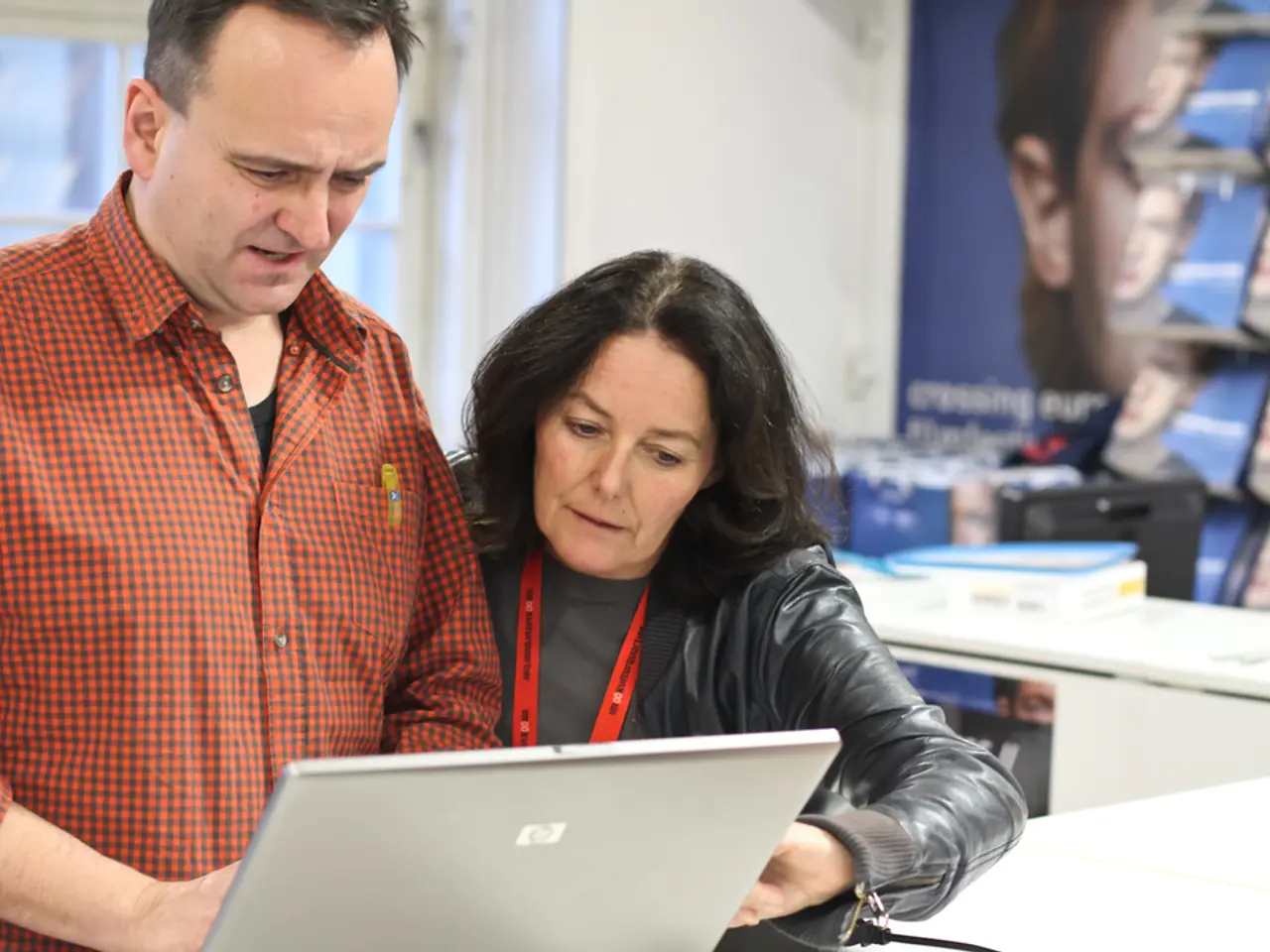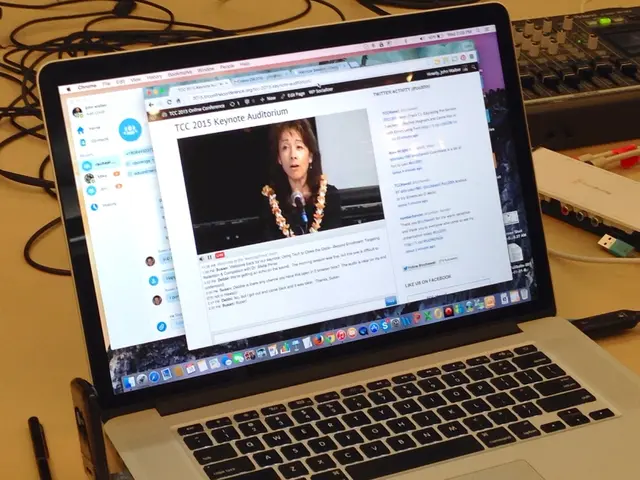Online Biometric Authentication Trends in 2025
In the ever-evolving digital landscape, biometric verification is emerging as a game-changer for online security and authentication. This innovative technology, which uses unique biological features to authenticate users, is rapidly surpassing traditional password-based systems due to its ease of use.
Current and emerging biometric verification technologies primarily include facial recognition, iris scanning, voice recognition, fingerprint analysis, and advanced forms of behavioral biometrics, all enhanced by artificial intelligence (AI) and machine learning (ML) for improved accuracy, security, and fraud detection.
Facial recognition, for instance, uses the facial anatomy of the user for authentication, while gait recognition identifies individuals based on their walking style. Fingerprint recognition, a widely-used method, relies on the uniqueness of fingertip patterns, and vein patterns technology, considered the most advanced technique, uses infrared rays to verify the mapping patterns inside the skin, often in the hands or fingers.
As we look towards 2025, key trends in biometric verification include AI-powered facial recognition, iris scanning, voice recognition, and fingerprint recognition, all equipped with robust liveness and deepfake detection mechanisms. Emerging techniques such as micro-expression analysis, eye movement tracking, and skin texture evaluation ensure biometrics are captured from live individuals, not photos, videos, or masks—countering spoofing attacks.
The rise of deepfake videos and synthetic selfies used in fraud has led to the incorporation of AI methods to detect and block attempts to use AI-generated or altered biometric inputs. System-level exploit protection addresses off-device attacks, malware injection, API tampering, and biometric template alterations in the software layer, ensuring end-to-end verification security.
Integration of AI and machine learning is another significant trend, with these technologies continuously learning from new data to improve matching accuracy, reduce false positives/negatives, and enable adaptive authentication based on context. This enhances both the speed and security of verification.
Mobile access and multi-factor authentication (MFA) are also becoming increasingly prevalent. Biometrics combined with mobile technology and AI form multi-layer security frameworks, with over 35% of organizations currently deploying biometrics for access control and digital asset protection.
Online businesses, particularly Financial Institutions, find biometric verification online increasingly important for preventing cybercrimes and identity theft. Biometric verification online is a method for authenticating a user's identity using their distinct biological features, and it is expected to become the standard for security systems in the future.
However, it's crucial to remember that biometric data, once breached, cannot be changed like traditional passwords. Therefore, biometric database security is essential to prevent potential data breaches and maintain user privacy.
With a projected market value of $21.97 billion in 2021, biometric-related technologies are set to revolutionize the way we secure our digital lives. As we move forward, it's clear that the future of online security lies in the seamless integration of advanced biometric technologies, AI, and machine learning.
Data-and-cloud-computing can be utilized to store and analyze vast amounts of biometric data, improving the efficiency and accuracy of biometric verification in online security. The integration of technology like AI and machine learning in biometric verification systems, such as facial recognition or voice recognition, enhances their ability to learn from new data and adapt to context, thereby strengthening security measures.








